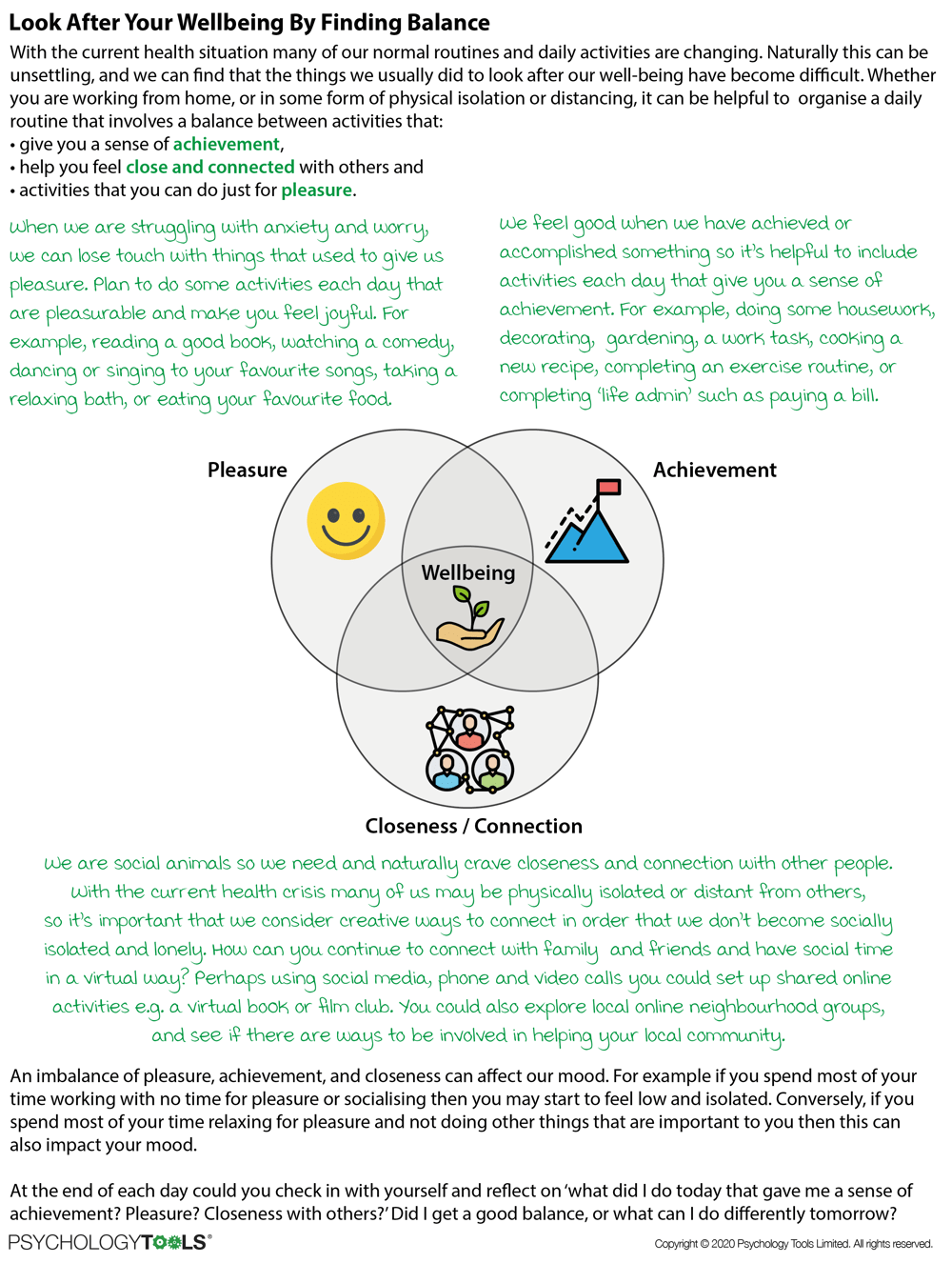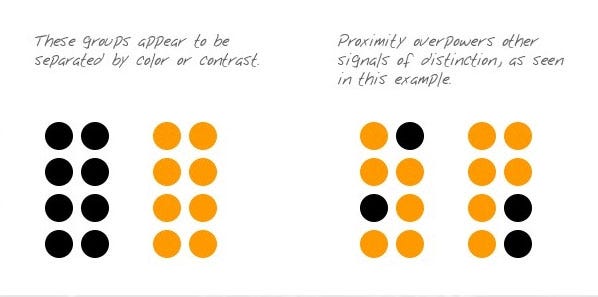
Interestingly, there is still some assumed similarity even of outgroup members. This hypothesis has beenĬonfirmed in a meta-analysis of the false consensus bias literature in 2005 by Jordan Robbins and Joachim Krueger. The hypothesis is that there is more assumed similarity when others are ingroup members than when they are outgroup members.

The most studied moderator of assumed similarity is whether the targets are members of the perceiver’s ingroup or comprise an outgroup.

This latter effect was stronger for assumed similarity than it was for assimilation. Additionally, there was evidence that when perceivers evaluated more targets, they assumed greater similarity than when they evaluated fewer targets. We did find that traits that were more visible showed less assumed similarity. In 2010, Tessa West and I explored which factors lead to greater assumed similarity and additionally asked whether the factor was more or less important in explaining assimilation. There has been much less interest in factors that increase or decrease assumed similarity than there has been for self–other agreement. They proposed that assumed similarity might be a bias or perception or it might be based on the reality of the interaction partner's actual behavior, what they called perceiver-induced similarity. Hughes and colleagues (2021) developed an elaborate model for assumed similarity, using ideas initially proposed by Campbell et al. Of others than they do between themselves and others. Thus perceivers assume slightly more similarity 27, a value that is statistically greater than the. In a larger meta-analysis in 2010, Tessa West and I found that the relationship of self-perception with the perception of one other to be. For instance in 2007, he, Margaret Clark, and Brooke Feeney measured how people project their responsiveness to needs onto partners.ĭustin Wood and his colleagues in 2010, across three studies with over 500 participants, found a somewhat lower value of assumed similarity.

More recently, Edward Lemay of the University of Maryland has studied what he calls projection in close relationships. By assuming that another is similar, perceivers can become more accurate Beginning with Robyn Dawes in 1989 and extended by Joachim Krueger and Russell Clement in 1994, it was demonstrated that false consensus bias could lead to accuracy. However, this is not necessarily the case. Calling it a bias would seem to imply that assumed similarity was an error. The finding is that, if a person liked liver, he or she was more likely to believe that others also liked liver than if he or she did not like liver. Liver), and each participant guessed the percentage of persons who agreed with him or her. To study false consensus bias, researchers examined those who had different opinions (e.g., liking Likely part of the interest in false consensus bias was that it could be studied by looking at individuals and did not require dyads or groups. Most of the more modern work on assumed similarity is on what was called by Lee Ross and colleagues in 1977 false consensus bias. The major focus of this line of work was that assumed similarity was a bias that needed to be controlled in the measurement of Lee Cronbach’s classic 1955 paper took aim at questioning the measurement of assumed similarity, as well as accuracy, with “assumed similarity” being in the title of that paper. On exams thought that cheating was much more common than students who did not cheat on exams.Īssumed similarity was a key question in the pre-Cronbach years of In 1931, Daniel Katz, Floyd Allport, and Margaret Jenness found that students who admitted to cheating The topic of assumed similarity has a long history and has been given manyĭifferent names, including false consensus bias, projection, attributive projection, social projection, the self-based heuristic, and self-anchoring.

Laing notation, it is symbolized as A(B) = A(A). So if Jane sees others friendly, does Jane see herself as friendly. Social Relations Model, assumed similarity is assessed by the correlation between self-perception and the perceiver effect. See especially pages 222-225.Īssumed similarity is the degree to which a perceiver sees him or herself, Perception: The Foundation of Social Relationships. Interpersonal Perception: Assumed Similarity (David A.


 0 kommentar(er)
0 kommentar(er)
